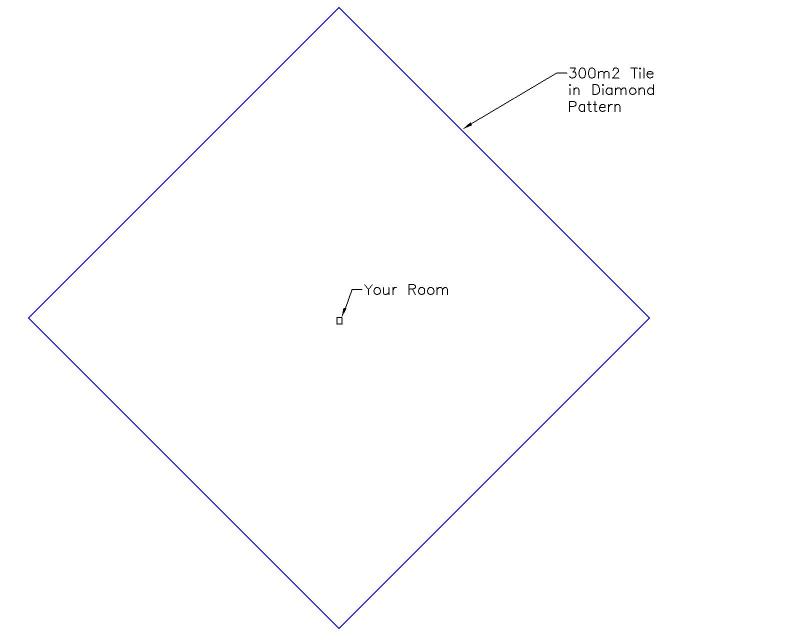Not sure if I'm reading you right chris. Are you saying you should find the centre point and work out from this point where your last row of full tiles is next to the wall. Then fit a batten and tile from this straight edge?
Complex Bathroom Tile Setting out
- Thread starter Master of None
- Start date







